Perseid Meteor Shower 2025: Why It’s The Best Display
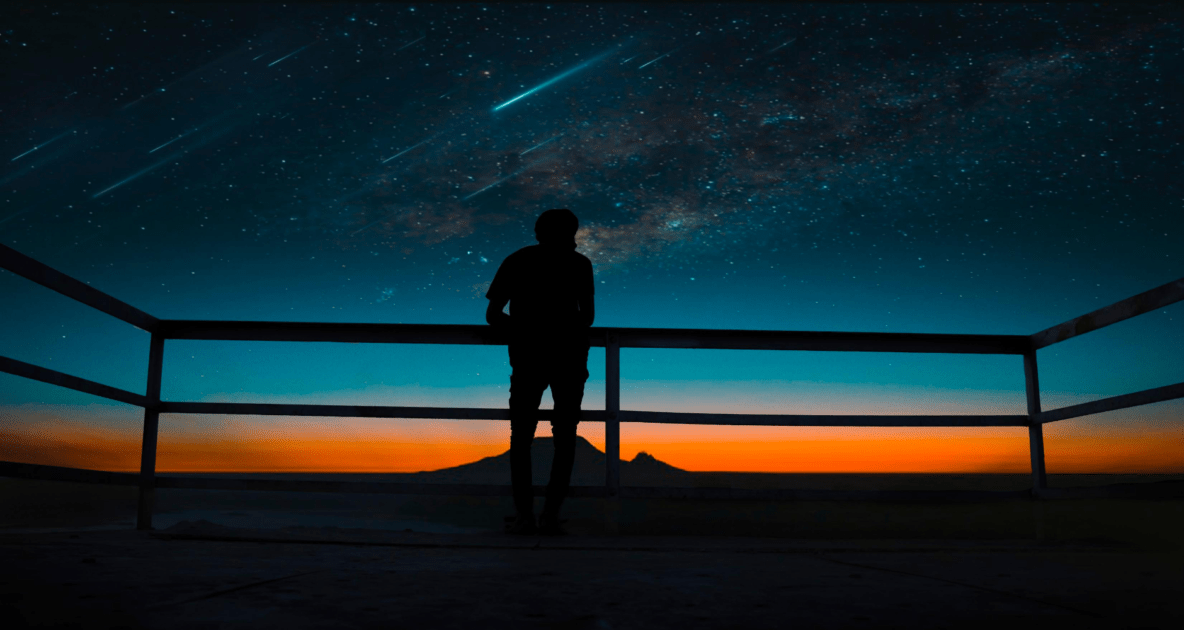
Do you like shooting stars? If so, mark your calendars for August 11-13, when you’ll have the best chance of seeing the annual Perseid Meteor Shower (pronounced PER-see-id). The Perseids are usually considered to be one of the best meteor showers of the year! What’s in store for 2025? Read on!
What Is The Perseid Meteor Shower?
The Perseid Meteor Shower is named after Perseus, the constellation from which it appears to emanate. Almost all meteors seen on August nights will be members of the Perseid stream—tiny bits of space debris left by Comet Swift-Tuttle over past centuries. Each meteoroid slams into Earth’s upper atmosphere at 37 miles per second, creating an incandescent trail of shocked, ionized air. It’s this hot trail, not the tiny meteoroid itself, that we see.
At the shower’s maximum, these meteors seem to diverge from a small area in northern Perseus. This is so far north that it’s already above the northeast horizon for most of the country when darkness falls. Hence some Perseids are seen as early as nine or ten o’clock. But only after midnight, when the radiant is high in the sky and we have been turned by the Earth onto its forward-moving side, do their numbers really begin to increase. Anyone at mid-northern latitudes who can escape bright city lights might see the oft-advertised 60–90 meteors each hour that makes this shower so gratifying.
Some of the Best Shooting Stars of the Year?
Another reason the Perseids are popular: They are swift, bright, and colorful. Most are in the range of magnitude +2 to +2½. Fainter meteors are white or yellow. Brighter ones are bluish-green. About one-third, including all the brightest, leave luminous trails (technically called trains), a few of which may be spectacular, persisting for many seconds. A few might end in flares or bursts resembling a strobe, capable of casting shadows.
How To Watch The Perseids
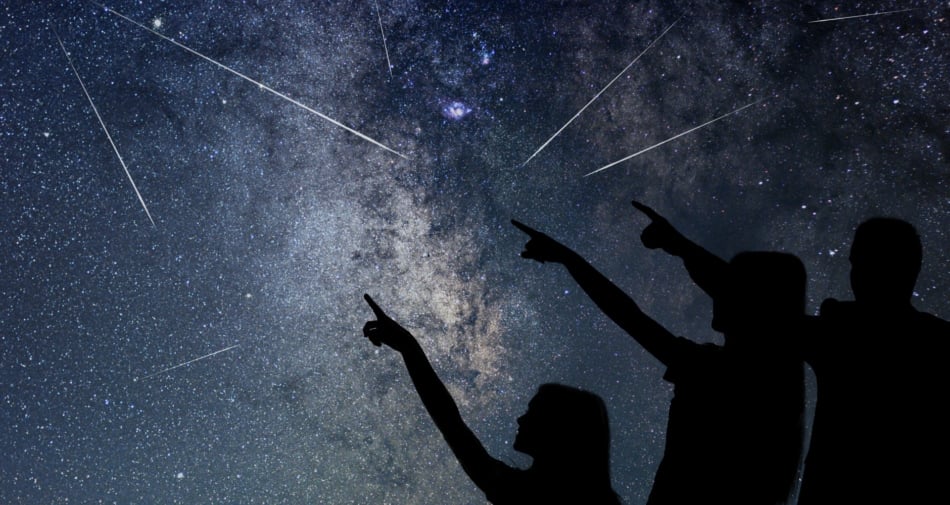
No two persons prepare for a meteor vigil the same way. Expect the effective low temperature to be far below what local weathercasters predict. When you sit quite still, close to the rapidly cooling ground, and the air is damp, you can become very chilled. It helps to have had a late afternoon nap. A reclining lawn chair, heavy blankets, sleeping bags, and pillows are all essential equipment. Some food and non-alcoholic drink will help keep you comfortable. It also helps to have a companion to help you watch the sky.
And if the peak night is cloudy, don’t fret—the Perseids can be seen on multiple nights. Rates are about half to one-quarter of the peak for one or two nights before and after. In fact, the first forerunners of the shower have been known to show up as early as July 16, and the last stragglers have been seen as late as August 24.
What’s In Store For The Perseids in 2025?
Unrolling a sleeping bag in the open air is a fine way to enjoy summer meteor showers. Each year, many unsuspecting campers probably receive a startling initiation into astronomy by looking up at the sky when the Perseid meteors are near maximum. Peak activity in 2025 is expected during the overnight hours of August 11-13.
Unfortunately, the nearly full Moon may wash out many shooting stars in 2025.
Most of the “shooting stars” will be identifiable as the Perseids because their paths, extended backward along the line of flight, would intersect near a point on the border between Perseus and the “W” of Cassiopeia (Queen of the Sky). This lies low in the northeast around 10 in the evening but climbs almost overhead by the first light of dawn. That’s why although the number of meteors will be low during the evening hours, there is a crescendo of 45 to 90 meteors per hour after midnight.
Another August Shower: The Kappa Cygnids
As August progresses and the Perseids wane, another meteor shower will take center stage: The Kappa Cygnids runs from August 3-25. Although this shower produces only a handful of meteors each hour, some of them are flaring fireballs.
Be on the lookout for outstandingly bright meteors called “fireballs,” and others that pop like a strobe light known as “bolides.”
Unlike many other showers, the Kappa Cygnids are associated with no known comet. Best viewing is in the early evening, when the constellation of Cygnus, the Swan is nearly overhead.
Join the conversation
When was the last time you saw a shooting star?
Have you ever seen the Perseid meteor shower before?
What’s your favorite sky event? The next full Moon? Find out.
Let us know in the comments below!
Related
Never miss a meteor shower! Go To Our Meteor Shower Calendar.
Want to know when the next sky event will take place? Bookmark this page: Monthly Night Sky Guides.

Joe Rao
Joe Rao is an esteemed astronomer who writes for Space.com, Sky & Telescope, and Natural History Magazine. Mr. Rao is a regular contributor to the Farmers' Almanacand serves as an associate lecturer for the Hayden Planetarium in New York City.

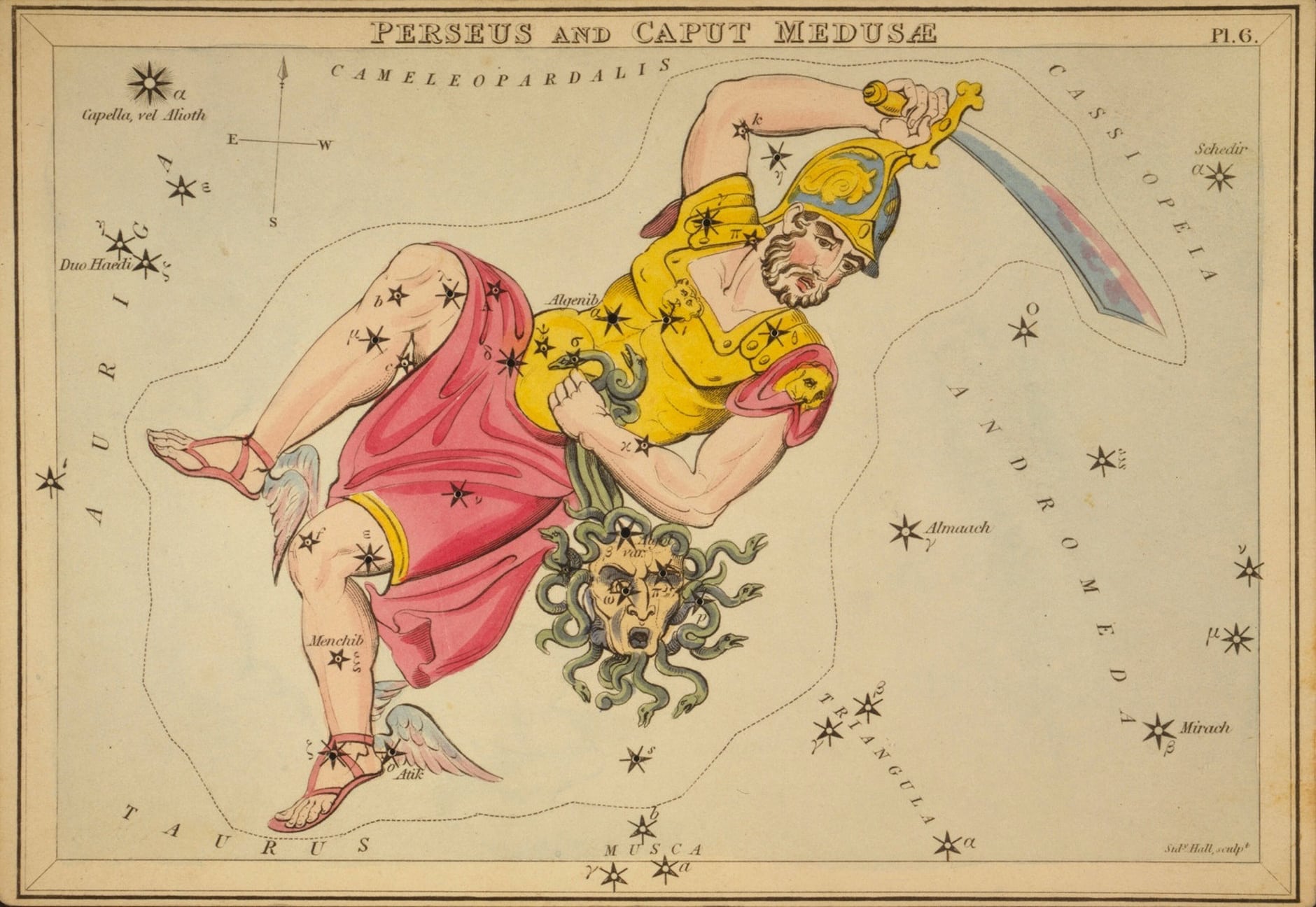

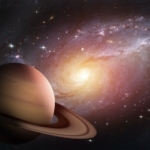
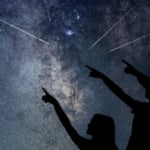
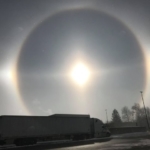
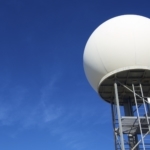
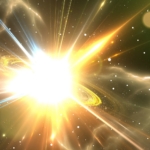

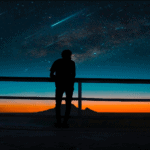
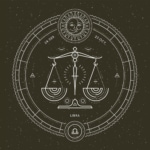
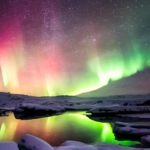
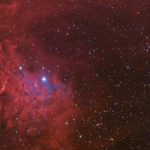
Got to enjoy this cosmic even in Cape Brenton Nova Scotia with the Atlantic Ocean as the backdrop, just a fantastic display. You could here the “woahs” and “oohs, ahhs” across the campsite that night.
Hello, thanks for the Perseid Meteor shower information…only trouble is you’ve sent it on August 24, while informing us it happened already 11-12 days ago…be nice if your departments were better synchronized to display Before the event! Thanks!
Please be aware that our “1 Daily Article” mailing is an experimental program. We know it must be frustrating to receive a newsletter with information on a past event. We appreciate your patience as we continue to troubleshoot and develop this free offering.
I was anxious to see the meteor shower and am very disappointed that your info is a week plus late. Now I have to wait all year.
We’re sorry to hear that you missed the Perseids, however there are six more meteor showers in 2023 you can try and catch. More info here: https://www.farmersalmanac.com/meteor-showers
We go every year to watch the Perseids at a beautiful little lake in northern Colorado, Hahn’s Peak Lake. No light pollution other than an occasional campfire. Heavenly.
Interesting article! Moonset on Monday, August 12th, is 3:15 AM. Moonset on Tuesday, August 13th, is 4:08 AM. So you have an extra 53 minutes of total darkness on Monday AM versus Tuesday AM til Astronomical Twilight begins at 4:22 AM & 4:24 AM respectively.
You had a article awhile back on how to build a root cellar for cheap. Was this the cheap root cellar you referred to just google search “Trackdok”